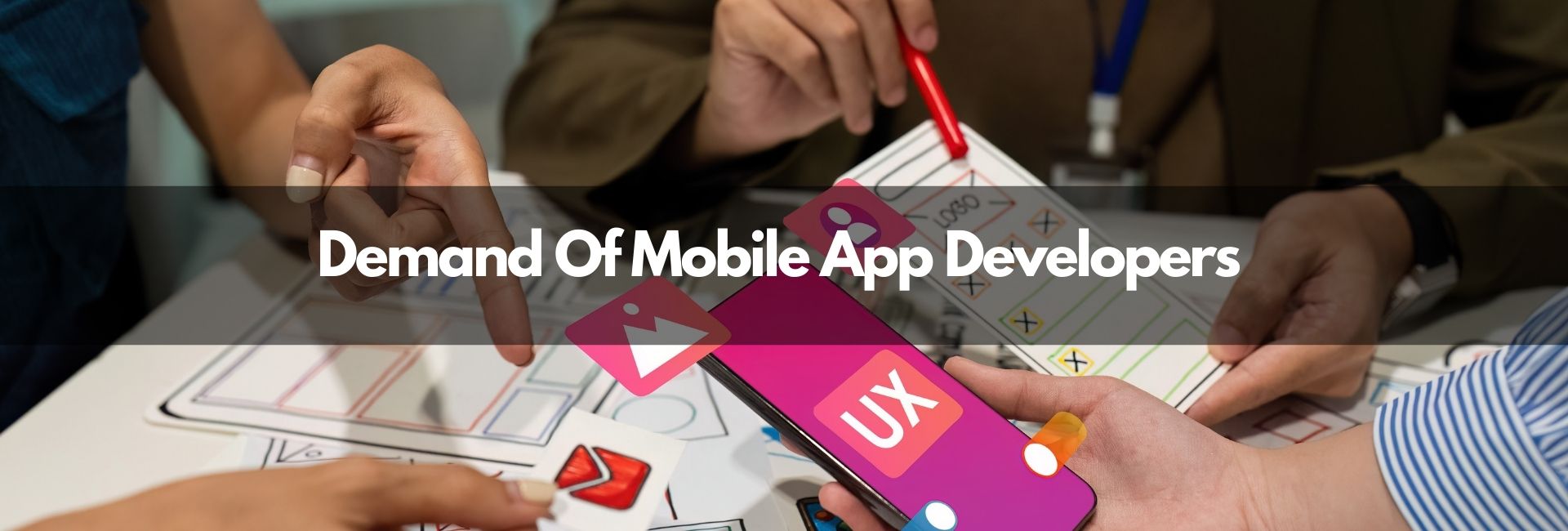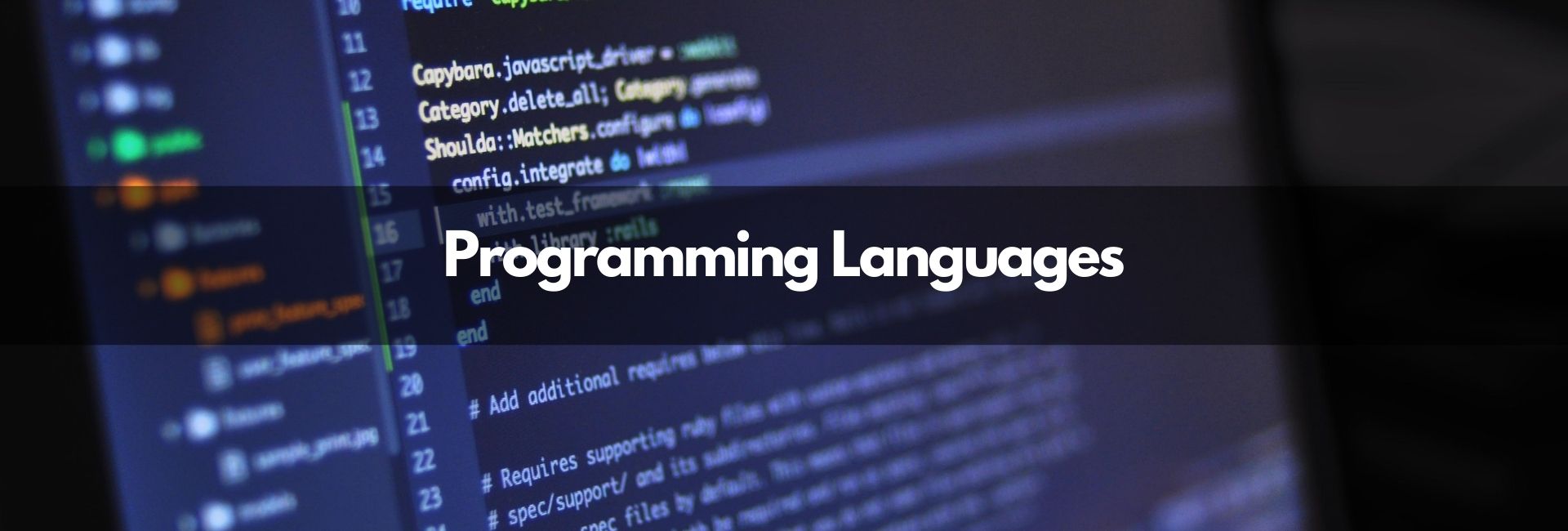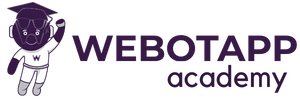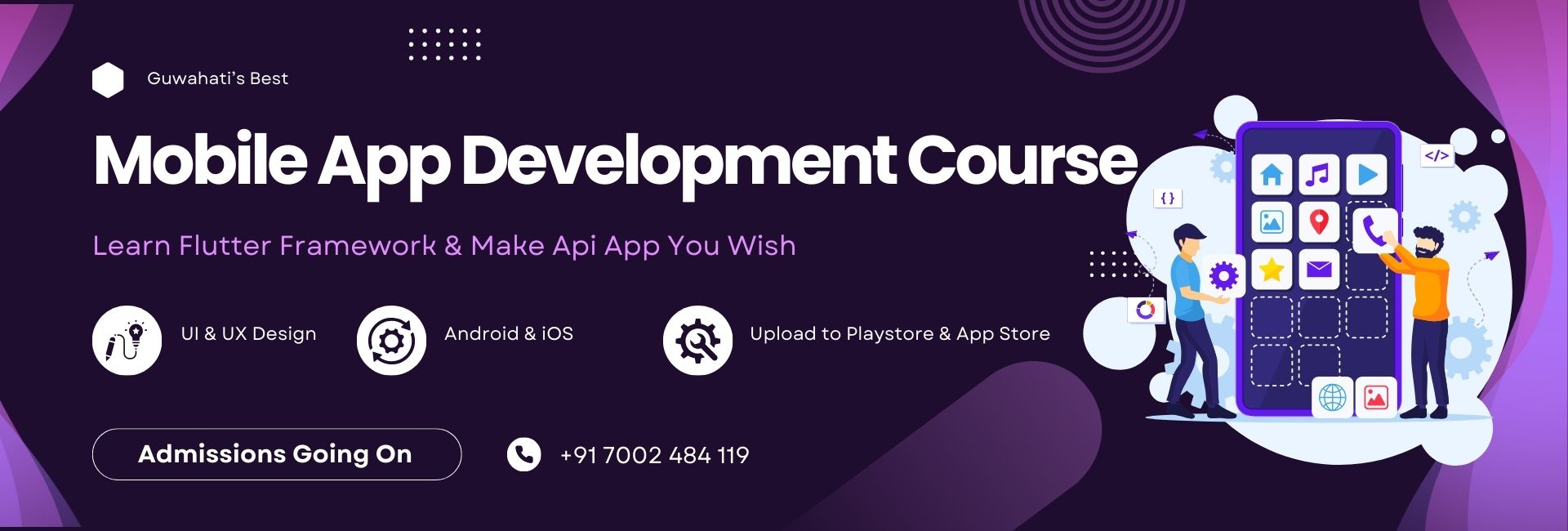 Top #1 – Mobile App Development Course in Guwahati – 2025
Top #1 – Mobile App Development Course in Guwahati – 2025
Introduction to this course:
As the penetration of mobile internet and data services is growing at a very rapid rate, the use of mobile applications is rising at the same pace. This is where comes the role of mobile application developers whose responsibility is to design the UI and UX, program the functionalities, integrate with different API providers and finally launch it at the different platforms like Google Play Store or Apple App Store. Enrolling into Webotapp’s mobile app development course in Guwahati, you will learn how to design and program the application, write from scratch and finally deploy it online.
Why learn a Mobile App Development Course in Guwahati?
 Pursuing a mobile app development course in Guwahati in 2025 might be one of the best choices. This is because Guwahati is one of the emergency cities of India and its location connecting the neighbouring South Asian countries could give it a good boost.
Pursuing a mobile app development course in Guwahati in 2025 might be one of the best choices. This is because Guwahati is one of the emergency cities of India and its location connecting the neighbouring South Asian countries could give it a good boost.
As more industries and companies come to Guwahati or set up their establishment in Guwahati, the role of mobile application developers will also gradually increase proportionately. In every organisation, whether it’s a nonprofit or a for-profit, technology is one of the very important factors for growth and sustainability. The ease of accessing mobile apps is one of the best tools that a company can adopt to achieve its goals.
What You Will Learn in the Course
 1. Introduction to Mobile App Development
1. Introduction to Mobile App Development
- Ecosystem: In this program of mobile app development course in Guwahati, the first and formers module that will be learning is the ecosystem of a mobile application.
- Types: In general, there are three different types of mobile applications. The first one is a web application, for example canva.com, Google docs, etc. Web applications should be accessed from a web browser such as Google Chrome, Mozilla Firefox, Internet Edge, etc. Secondly, we have hybrid mobile applications, which are based on web technology at its core but wrapped with a mobile app apk. The third type of mobile applications are called native mobile applications, where we can use native mobile features such as camera, offline mode, GPS Navigation, vibration, sound, microphone etc. In this program of mobile app development course in Guwahati we will be focusing more on the native mobile application development so that we can create fully functional mobile applications for our clients.
2. Programming Languages for Mobile Development

- Java & Kotlin for Android: So if you want to learn native mobile application development for Android mobile devices, then we can learn either of the two languages. The first one is Java, and the second one is Kotlin.
- Swift for iOS: If we want to learn how to develop a mobile application for iOS mobile devices in that case we have to learn the language called Swift.
- Flutter & React Native for cross-platform apps: The third and most effective way of creating a mobile application for both iOS and Android is to learn a cross-platform framework. Cross-platform Framework simply means that we have to write our codes only once, and frameworks such as Flutter or React Native will convert our codes to different platforms such as iOS, Android, Mac, Linux, Fuchsia, etc.
In this course of mobile app development course in Guwahati, we will learn the framework called Flutter, developed by Google. This is because the community support of Flutter is growing at a very rapid rate, and the demand for Flutter developers is also increasing at a reminder speed.
3. UI/UX Design for Mobile Apps

- Importance of user experience: When designing any mobile application, we have to consider two most important factors. The first one is the UI, which we generally call the user interface, and the second one is the UX or the User experience. A good user experience increases the screen time of that mobile application which is directly proportionate to the success of that application. While learning the mobile app development course in Guwahati, you will be taught how to create the best user experience while designing different screens of the mobile application.
- Designing intuitive mobile interfaces: An intuitive mobile interface is one of the other major roles that the mobile application developers should consider. If a mobile app developer designs a mobile application with an attractive layout but the user finds it difficult to use the options or to navigate to different screens there is no use of that application.
- Using tools like Figma and Adobe XD: Tools like Figma and Adobe XD are used to design the prototype of a mobile application. It helps the mobile app developer to see the layout or the design elements of the application without touching any single line of code. While pursuing Webotapp’s mobile app development course in Guwahati, you will be taught how to use tools like Figma or Adobe XD to create beautiful and elegant mobile app screens.

 Top #1 – Mobile App Development Course in Guwahati – 2025
Top #1 – Mobile App Development Course in Guwahati – 2025 1. Introduction to Mobile App Development
1. Introduction to Mobile App Development




































